Former CIA analyst Philip Mudd applies decades of analytical experience to help you parse problems more effectively. His stories about participating in high-stakes geopolitical decision making are fascinating. The lessons he learned and his candor about the mistakes he committed make his accounts especially useful. You can apply Mudd’s strategies to address problems in any field or adapt the individual stages of his decision making or analytical process to your needs. His writing is, well, a little muddy, but getAbstract recommends his intelligent approach to readers making major decisions, sorting through multiple choices or solving complex problems.
“Thinking Backward”
CIA analysts who are prioritizing threats and ordinary people who are deciding which house to buy all have to sort through information. You can’t simply look at the data. There’s too much of it, and it’s too messy. You need a systematic way to make good decisions. The “High Efficiency Analytic Decision-making” (HEAD) process can transform your analytical attack. To apply HEAD, follow these steps one at a time.
The first step is thinking backward. Consider how you read. You start at the beginning and move left to right until you reach the end. Instead, you want to learn to read and think “backward – right to left.” This may not feel intuitive when you begin, but it is essential to the HEAD process.
This approach makes it easier to deal with “complex problems” by focusing on your goals while addressing them. If you are briefing the president on a threat, your instinct might be to deliver all the information you have in a clear, focused report. Now, think backward. After reflecting on what the president needs, you’ll first provide the context that someone who isn’t an analytical expert requires to make tough decisions about this threat, and...









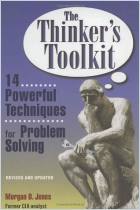
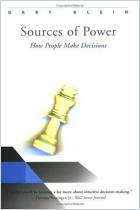
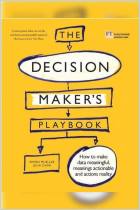
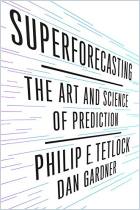
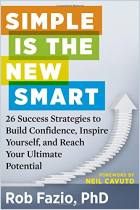







Comment on this summary or Start Discussion